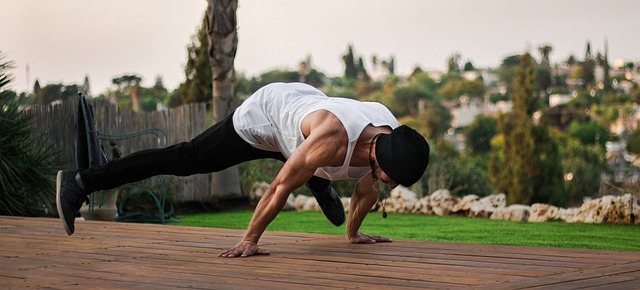Archive for October 2017
How to: Stop Avoiding Exercise
It might hurt getting started
But the upside is too large to ignore. If you are feeling stiff and sore now, imagine how the problems will compound over the next 5, 10 and 20 years, right now is the best vantage point you are going to have. Hence, step one of your new exercise plan: being honest with yourself. Whatever state your back is in now, it’s not going to get any better unless you take action today.
Step two is laying down the incentive:
- Back pain makes your life harder in the here and now
- A weak back leaves you vulnerable to injury in the future
- Back pain contributes to missed work time and disability
- Back pain is expensive
Ergonomic Relaxation: Reading in Bed Without Hurting Your Back
What is more relaxing than reading in bed?
Likewise watching Netflix or television from bed is many a person’s way to wind down. But it’s no secret that relaxing in bed can cause its fair share of trauma to the spine. While we would never sit here and deny you the pleasure of recreating in bed, it is prudent to set your spine up so that it incurs the least possible damage. For the purpose of this blog, we will use reading in bed as the model activity, but the same principles can be applied to using a laptop or cell phone in bed.
Unlearning the Habits that are Hurting your Spine
When it comes to spinal health habits, everyone has room for improvement
The most ubiquitous spinal habits which cause harm include:
- Poor diet
- Poor posture
- Poor lifting technique
- Smoking
- Lack of exercise
- Overuse of technology
Many of these malefactors go hand-in-hand; for example, lack of exercise and poor diet leads to weight gain which makes good posture more difficult; overuse of technology contributes to lack of exercise and poor posture. But all of these factors lead down the same road, the one that points toward back pain. The sooner we realize this, the sooner we can start exercising control over the factors that matter for keeping our spines healthy.
Using Your Pillows Strategically to Find Better Sleep
Sleeping begins with comfort
Who can really fall sleep with their knees touching and their legs stuck together? Who is ready to dream with their head sinking lower into a lumpy pillow? The first ingredient of any successful sleep strategy is comfort- comfort leads to calm, and calm leads to relaxation. This is an important transition: calmness is a working state of perfect harmony between your mental, physical and emotional states; relaxation, on the other hand, allows your body to reduce its expenditure of energy and focus on getting to sleep.One of the best ways you can get comfortable tonight is by using your pillows to better effect. Paying attention to your pillow(s) can make a big difference when it comes to falling and staying asleep; strategically positioning pillows can help you support healthy sleeping posture, promote better circulation, and prevent back pain.
A Stronger Core for a Longer Life
Why bother strengthening the core muscles?
The reasons are bottomless, but let’s boil it down to the most important few:
- Injury prevention: core stability, influenced by the deeper-lying postural muscles, is the foundation upon which all other components of health should be built. A solid, stable core will keep your body and spine resilient to injury from all movements.
- Spinal longevity: your core muscles are the most important asset you have in preventing back pain and combating spinal degeneration.
- Protecting your nervous system: your spinal cord is your central command center, the highway upon which the nervous system communicates. A strong core mitigates the compression that puts your spine under pressure and disrupts the nervous system.
- Look better: an upright posture projects confidence and confidence is sexy.
Why is Postural Strength Important?
Postural strength makes for a more comfortable life
Whether you are endlessly active or frequently sedentary, postural muscles are a cornerstone of keeping you pain free; therefore, whether you are a gym rat or a more low key homebody, your workout routine should include a focus on maintaining and strengthening the postural muscles. But what are the muscles that matter for postural strength? There are two main groups:
- Postural muscles: these muscles are always active, even when you have been sitting without a shred of movement for hours. These muscles are located deep in the body, between the pelvis and abdomen, as well as all the muscles which attach to the spine. These muscles often become tight from overuse.
- Phasic muscles: responsible for strength and initiating movement, muscles like the abdominals and glutes often become weak from lack of use.
The essential imbalance between tight postural muscles and weak phasic muscles leaves your body at risk for pain and dysfunction.




